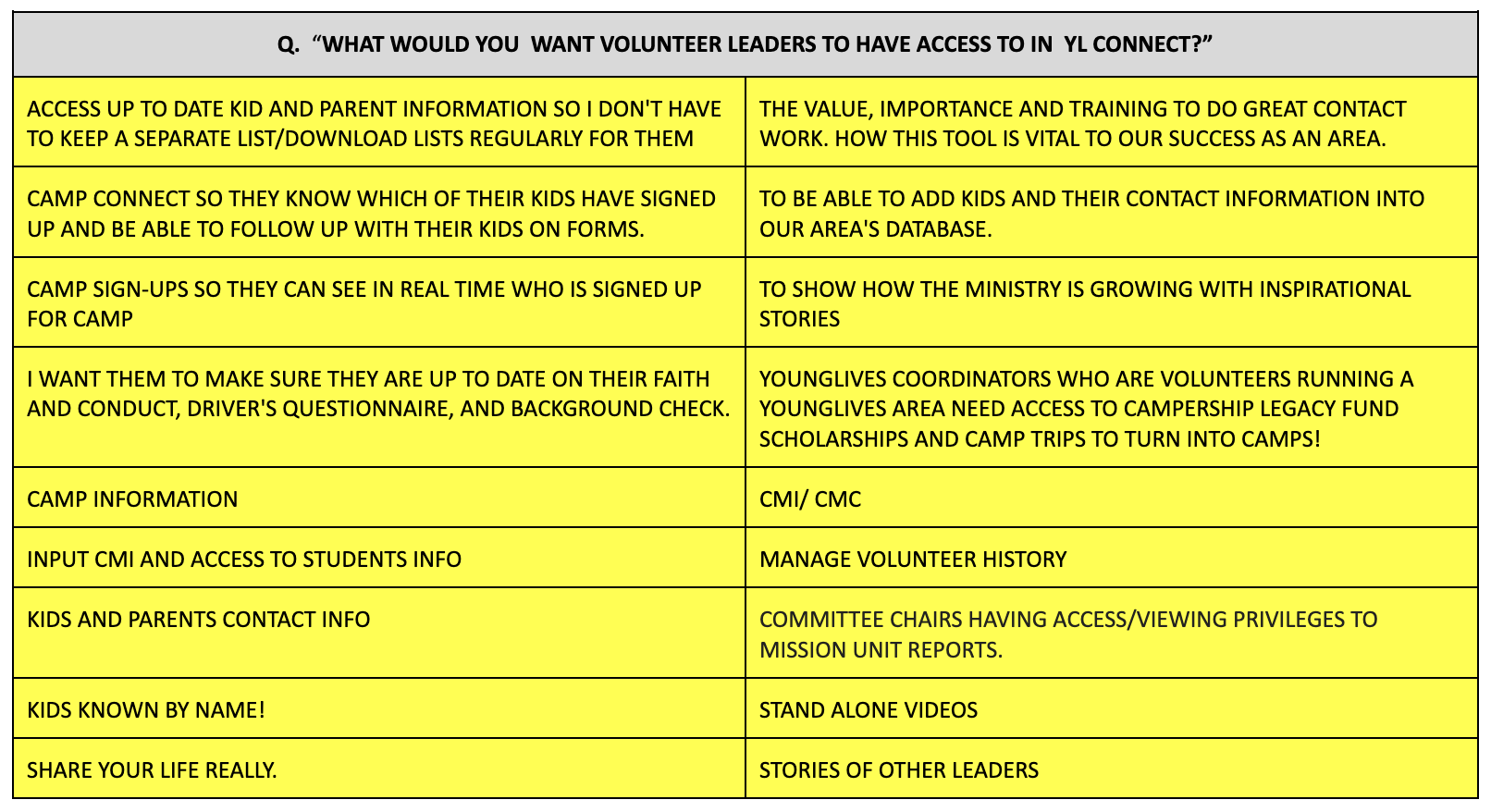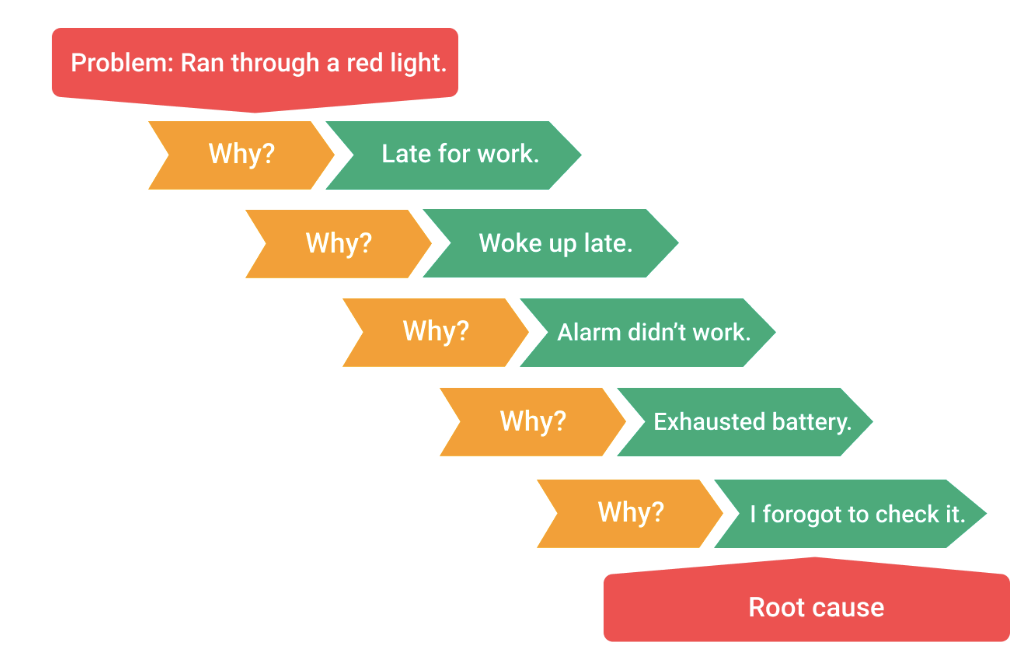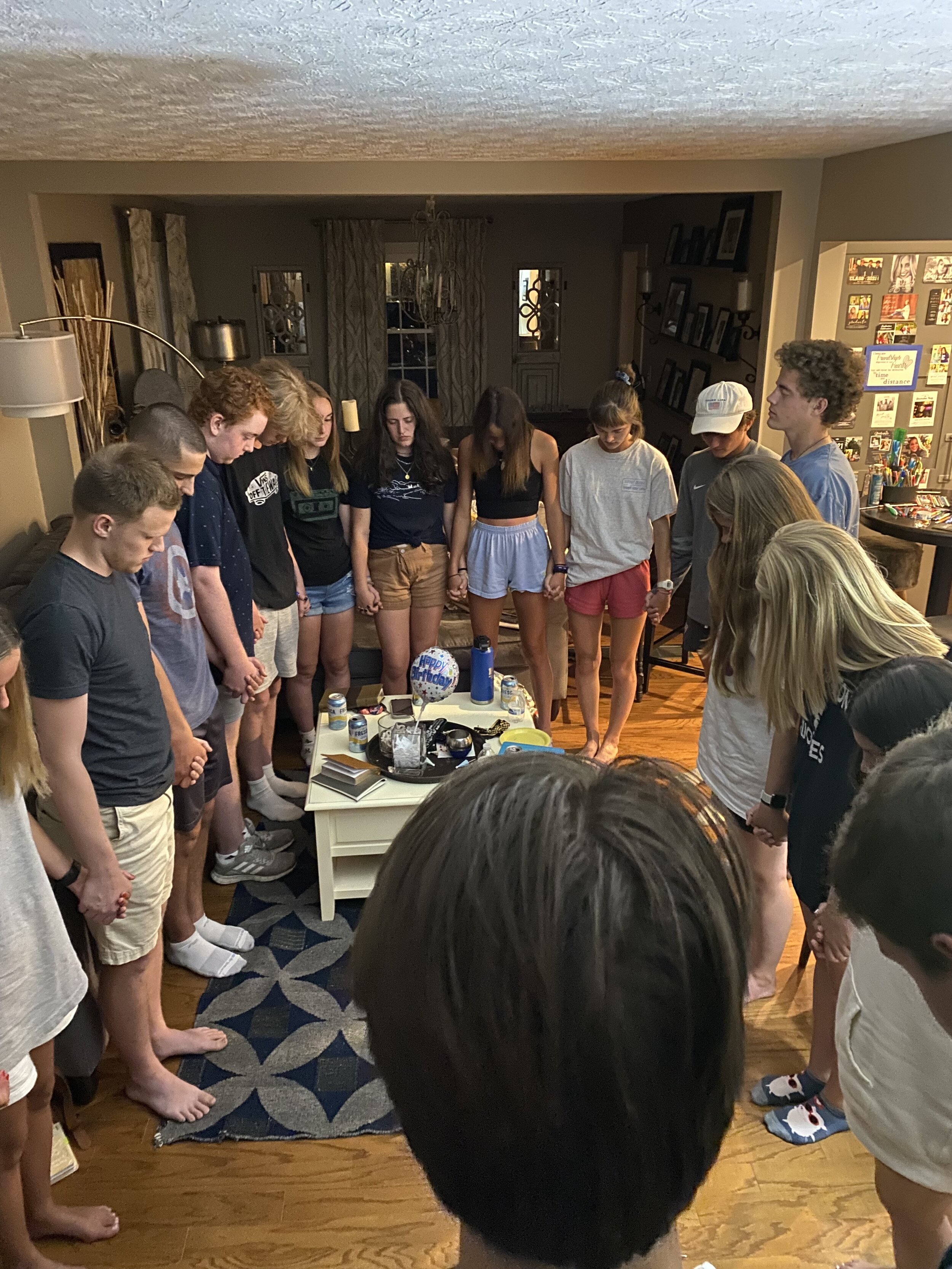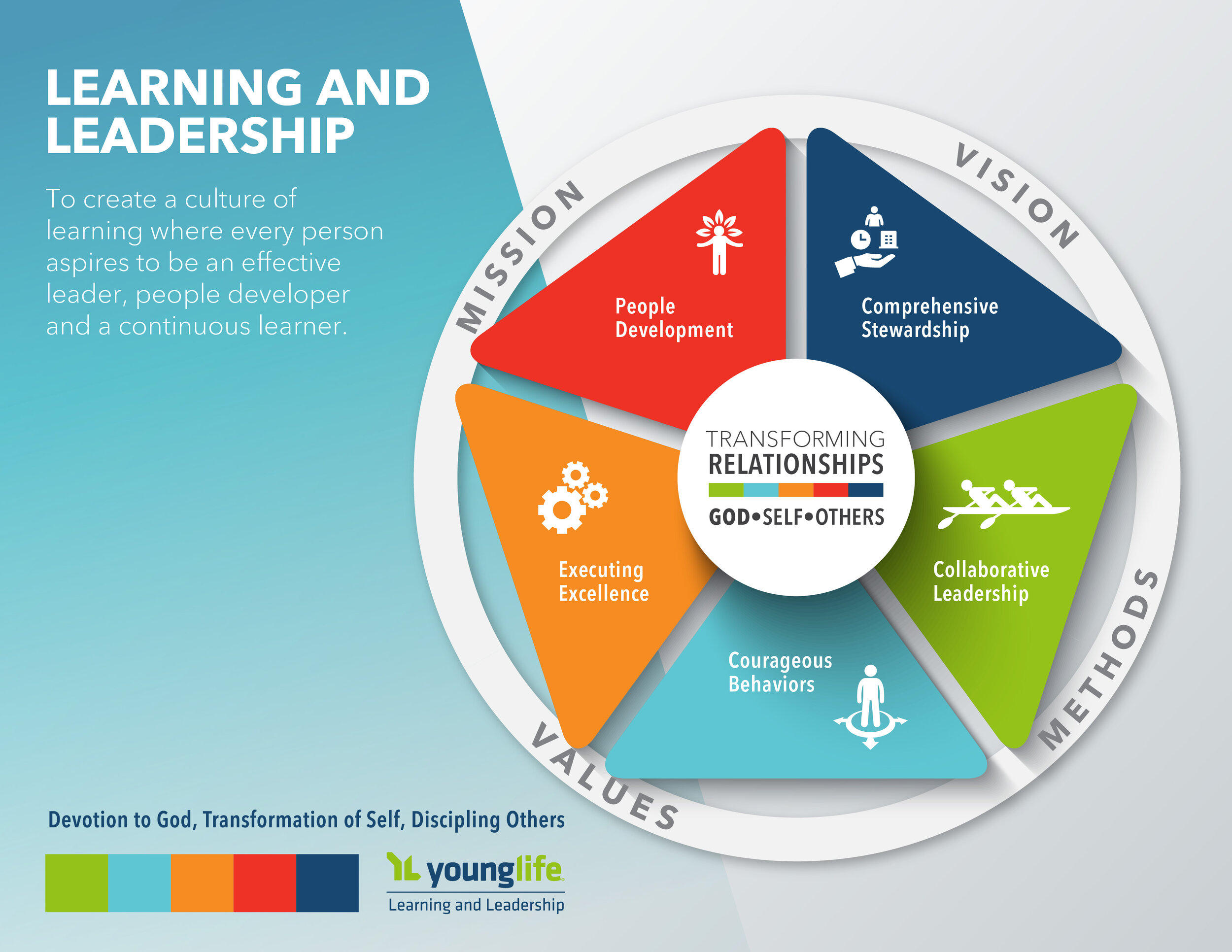“Has the Lord redeemed you? Then speak out!
Tell others he has redeemed you from your enemies.”
-Psalms 107:2 NLT
“I’m sorry, I don’t have a good testimony!”
Have you heard these words from a friend who was convinced of such? Or perhaps you have even uttered them yourself. Well, it’s time to figure out what that statement actually means.
Looking at the origin of a testimony, the word comes from the world of jurisprudence…
“An assertion of firsthand authentication of a fact.”
If that is what a testimony truly is, how is it possible to have a “bad” assertion of?
Well, it’s BAD if it was NOT first-hand, or NOT an assertion, or NOT a fact. Other than those reasons…you’re good!
Because, and here’s the secret, you are NOT the star of your life’s testimony.
If you’ve given your life to Jesus, then He is the Star; He is the Focal point of your story;
He is the one who is worthy of the praise, accolades & worship of your transformation. Hear me clearly…your testimony isn’t about your badness, it’s about His goodness. In fact, ‘your’ life isn’t even yours anymore.
Galatians 2:20 says “I have been crucified with Christ and I no longer live, but Christ lives in me.
The life I now live in the body, I live by faith in the Son of God, who loved me and gave himself for me.”
This verse helps me understand that my testimony isn’t about me. It’s about Christ living in me…that is what’s incredible & life-changing & worth sharing.
The life-altering fact that Christ is alive in me and He is the one who takes center stage and the spotlight.
When the caterpillar builds its chrysalis - we don’t celebrate until the butterfly emerges.
Y’all, the transformation that God does on us, in us & despite us is the absolute Miracle.
His work is in the transformation of the Death to Life.
Don’t get caught focusing upon the caterpillar when the butterfly is the result of the beautiful and miraculous transformational power of God.
Let’s camp there.
If we can’t get excited about this. We probably shouldn’t be sharing our story in the first place.
If we feel that the more pain we sustain and sin we commit sweetens our testimony, we are trying to take the spotlight from Jesus. And that, my friends, is a BAD testimony.
To build a “good” testimony, just takes a few things:
An Eye Witness: I WAS THERE. First-Hand experience only. (No hearsay allowed.)
An Event: THIS IS WHAT HAPPENED. The Moment we came face to face with Jesus.
The Facts: THIS IS HOW CHRIST CHANGED ME. The Transformation.
The Result: FROM HERE FORWARD. My New Direction.
That’s it. Don’t fall into the trap that many do. “The more sin = the ‘mo better’ testimony.
Also, many believers listen to the lies that their stories aren’t worth sharing - for lack of a ‘wow factor.’
That cannot be further from the truth. For those who have difficult or tough backgrounds are so incredibly encouraged by people who have stories unlike their own. When they hear a story of a loving Father and/or Mother who prayed for their kids and taught them the truth of the Gospel, that, my friends, gives them hope for their own family’s futures.
They hear from you these four simple words: It. Can. Be. Different. That is incredibly encouraging.
We have forgotten that the purpose of sharing one’s testimony isn’t for your personal exaltation, but for His Glory.
The gospel is good news - why do we so often fixate upon, or even honor, our bad news? I believe it is because we have come to see ourselves as the star. Lord, forgive us.
Your story—regardless of how “spectacular” or “ordinary” you think it is—is a story about who God is. It is your eyewitness account of how God rescued you from your sin through Christ and changed your life as a result. When you share your testimony, you are helping others to know what God is like.
Open. Identify your life theme for your story that God used to help bring you to Him. (“My life revolved around…e.g., relationships, sports, money, recognition)
Life Before Christ. What was your life like before you came to Christ? Show your need for Christ.
Trusting Jesus. Give the details about why and how you gave your life to Christ. What was your “aha!” moment?
Your Life Since. Share changes that Christ has made in your life as they relate to your theme. Share changes in your attitude or character, not just behavior. What’s different about your life now?
Life Verse. End with a Bible verse that relates to your experience.
OH! And don’t forget…
Pray before you share your story.
Be honest.
Stay away from words of religiosity.
Keep it succinct. Aim for three to five minutes.
Practice until it becomes natural.
Here’s to the moment we can all say,
“I have a very good testimony, because I have a very good God.”
In His Grip,
Kent Williams













